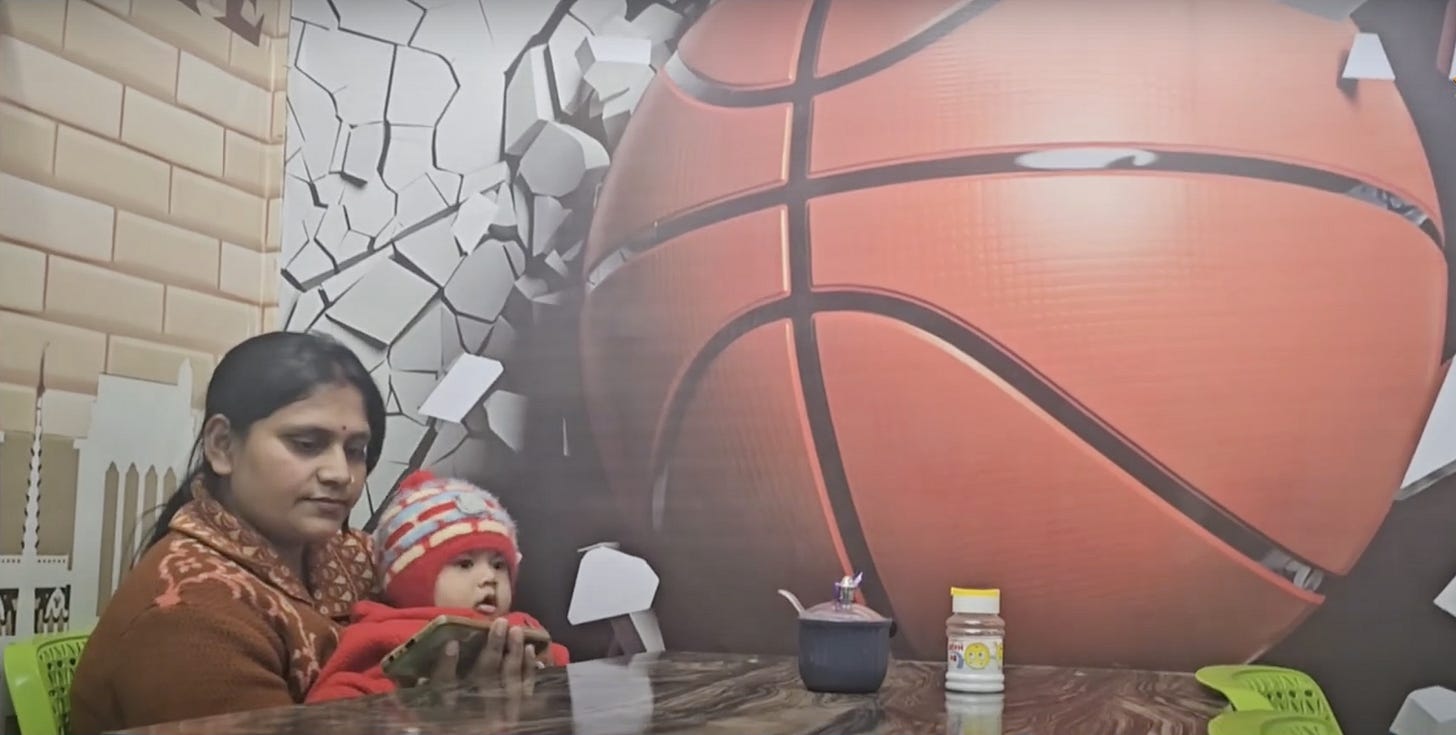From National Basketball Player to Momo Seller: Are Indian women athletes just less fortunate?
The struggles of Indra, a six-time national-level basketball player from Himachal Pradesh, is a reflection of the deep-rooted problems female athletes face in India, especially in less popular sports
By now, almost everyone has come across the viral story of Indra, a six-time national-level basketball player from Himachal Pradesh, who is now running a small Momo stall to make ends meet.

Indra, once a promising athlete who represented her state across India, had, like all other athletes, hoped for a stable government job post her playing days. She was even assured she would get one under the sports quota but those promises never materialised. With a family to look after she decided to start her own business- a small fast-food stall in Nahan, Himachal Pradesh.
At first glance, this seems like yet another tragic tale of a non-cricket athlete being abandoned by the system. But Indra’s case is more than just another example of a sportsperson struggling to make ends meet. It is a reflection of the deep-rooted struggles female athletes face in India, particularly in less popular sports like basketball.
The Gender Gap in Sports Quota Jobs
Indra made her debut at the age of 11. She went on to play at the National Games and represented the state in competitions in Rajasthan, Maharashtra, Tamil Nadu, Nagpur, and Chhattisgarh. She claims all her peers got government jobs, but she did not.
While the Government has taken the initiative to encourage more girls and women to take up sports, through programs like the Khelo India program of the Ministry of Youth Affairs, the real question is whether women are given the same opportunities to sustain themselves beyond the playing field.
While state governments and even the central government often claim to support national level athletes with employment opportunities, many, like Indra, are still waiting for these promises to be fulfilled.
In 2023, Renu Chhikara, a wrestler who had won a bronze medal in a national-level athletic competition had claimed that despite waiting for two years she had still not received the government job she was promised. Her plight forced her to approach Haryana minister Anil Vij for help. She claimed that, according to the sports quota, she was eligible for the post of coach in the sports department. Despite that, her application was rejected for reasons unknown to her.
Shanti Devi is another example of the struggles of life outside the field. The 40-year-old former Bihar kabaddi player took to selling vegetables in Jamshedpur to provide for her family.
Devi, who represented Bihar in the 30th, 31st and 32nd National Kabaddi Championship in the 1980s, said she regretted that she was ignored by the state government and wished she was offered a job after dedicating a decade of her life playing for undivided Bihar.
Although male athletes in less popular sports who do not accomplish visible success also struggle to secure government jobs, the disparity is much greater for women. Many female athletes, despite their achievements, are forced to take up unrelated jobs to support their families.
Unlike cricket players, who enjoy corporate sponsorships and league-based contracts, basketball and other sports players rely heavily on government backing — something that remains inadequate for female players.
Not a unique case
Indra’s case is not unique. Neither is Shanti Devi’s or Renu’s. Over the years, several women athletes in India have been met with a similar predicament: focus on the sport or concentrate more on finding stable employment?
While policies exist on paper to support national and state-level athletes, many like Indra claim that implementation remains inconsistent, with unreasonable waiting periods or unexplained rejections. When athletes achieve success, bureaucrats often promise them coveted government jobs as a reward for making the country proud. However, these assurances often turn out to be empty promises, leaving many athletes waiting indefinitely. In contrast, those who attain visible success—such as renowned cricketers and Olympic gold medallists—often receive government jobs almost immediately.
However, stories like Indra’s continue to emerge—a grim reminder of an Indian women athlete’s life once the spotlight fades.
Watch Indra’s full video on the Himalayan Mail YouTube Channel:
***
If you've come this far...
Appeal to readers - ₹₹ Support Ekalavyas: Ekalavyas is India's first and only basketball media company. We are not foreign-funded, nor investor backed. Your support and encouragement have got us this far. We now need your financial assistance to ensure we can keep providing you timely, accurate and important information. Please contribute via https://razorpay.me/@ekalavyas 🙏🏾. We are accepting contributions as low as Rs. 1/- (including a small processing fee charged by the payment gateway provider). Thank you for playing a part in keeping media independent and objective!





